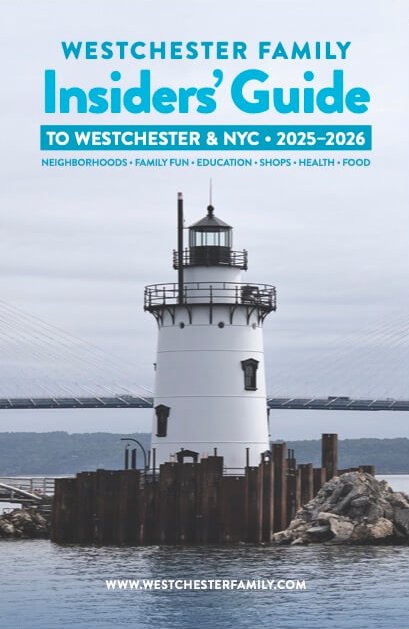You finally purchased your new home. It’s probably your most expensive investment. Do you know how to take care of it?
Make sure you avoid these seven most common costly mistakes made by new homeowners.
1. Altering Finished Grades. Most new single-family residences are delivered with a driveway but without the walkways, patios, landscaping and drainage systems. Building codes usually require that the surrounding bare lot slopes away from the home so rainwater flows away from the home. Unfortunately, the homeowner or an aftermarket contractor will often pour the sidewalks and patios directly on top of the finished grade, which allows water to flow between the walkway and the home. Water that flows and seeps under the foundation can cause the foundation to shift.
2. Improperly Attaching a Deck Trellis, Sunscreen, or Pergola Structure to the Home. There are many proper ways to create a watertight connection between the home and a deck trellis or pergola structure. These “add on structures” are often just nailed or bolted directly to the outside wall of the home. Inevitably, rainwater finds its way into the penetrations and the dry rot process begins.
3. Allowing Irrigation Sprinkler Heads to Spray Against the Home. Irrigation sprinkler heads that spray against the panel or lap siding, masonry or stucco walls of a home can lead to rotted walls, leaching of color and even movement of the foundation. It is important that all irrigation spray be directed away from the home rather than toward it. Spray heads should be checked regularly during the irrigation season to make sure that they have not turned toward the home. Posts supporting overhead decks that have shrubbery growing closely around them are particularly vulnerable to irrigation spray.
4. Disconnecting or Not Using Bathroom and Laundry Vent Fans. Bathrooms and laundries are areas of high humidity. Bathroom and laundry fans should never be disconnected (even though the noise may be bothersome). Failure to use the vent fans can result in water vapor getting into the drywall, electrical outlets and framing members. Over time, mold, mildew and fungi may grow in these areas. Water vapor that condenses on walls and windows can eventually find its way into the walls of the home and weaken the structure through dry rot.
5. Walking on the Roof. Walking on the roof is dangerous. Slips and falls can cause serious injuries. Untrained persons are likely to break or scuff the roof covering and cause roof leaks. Cleaning gutters should be done from a ladder and not by standing on the roof. If an object is thrown on the roof, such as a child’s toy, it should be retrieved using a ladder and a telescoping pole rather than by walking on it.
6. Overloading Upper Cabinets. While lower cabinets rest on the floor, upper cabinets are hung from a wall using screws or nails. By stacking heavy dishes and glassware in an upper cabinet, a homeowner can load the cabinet beyond its capacity. This can result in sagging shelves or detachment of the cabinet from the wall. Do not overload cabinet drawers with heavy items or pull drawers out too far. This action results in the plastic guide being snapped off at the back of the cabinet drawer.
7. Storing Household Goods on Garage and Attic Trusses. Garage and attic trusses are designed to support the weight of the roof and ceiling and not the weight of anything else. Unfortunately, many homeowners view the space in the attic and above the garage ceiling as a great place for additional storage. Storing household goods in these areas can result in sagging and a possible collapse of the roof structure.
David MacLellan, a 30-year veteran home-builder and member of the California Home Building Foundation Hall of Fame, along with architect George Wolfson, a registered architect with more than 40 years in the field of home construction have created The National Home Maintenance Manual – The Complete Guild to Caring for Your Home. HouseFixIt.com.













